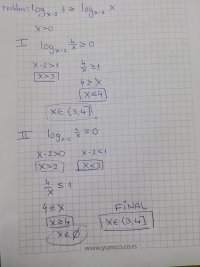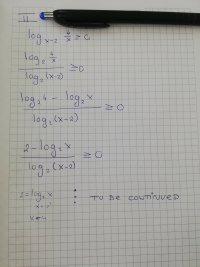Here is the problem and two ways I attempted to solve it. I didn't complete the second one because my question is can I do it the first way, or do I have to do it the second way? Did I solve it by accident by first way (entire first pic) or do I have to do it the second way (entire second pic)?


I don't have the original source of the problem.


I don't have the original source of the problem.
